The relics in Dien Bien province are historical sites that were kept to express respect and gratitude for the losses and sacrifices of soldiers and people who contributed to Vietnam's glorious victory. If you come to Dien Bien, don't miss these significant attractions.
1. Dien Bien Phu Victory History Museum
Located in Street 1, Muong Thanh District, Dien Bien Phu City, Dien Bien Province, the Dien Bien Phu Victory Museum was built in 1984 to mark the 30th anniversary of the historic Dien Bien Phu Victory.
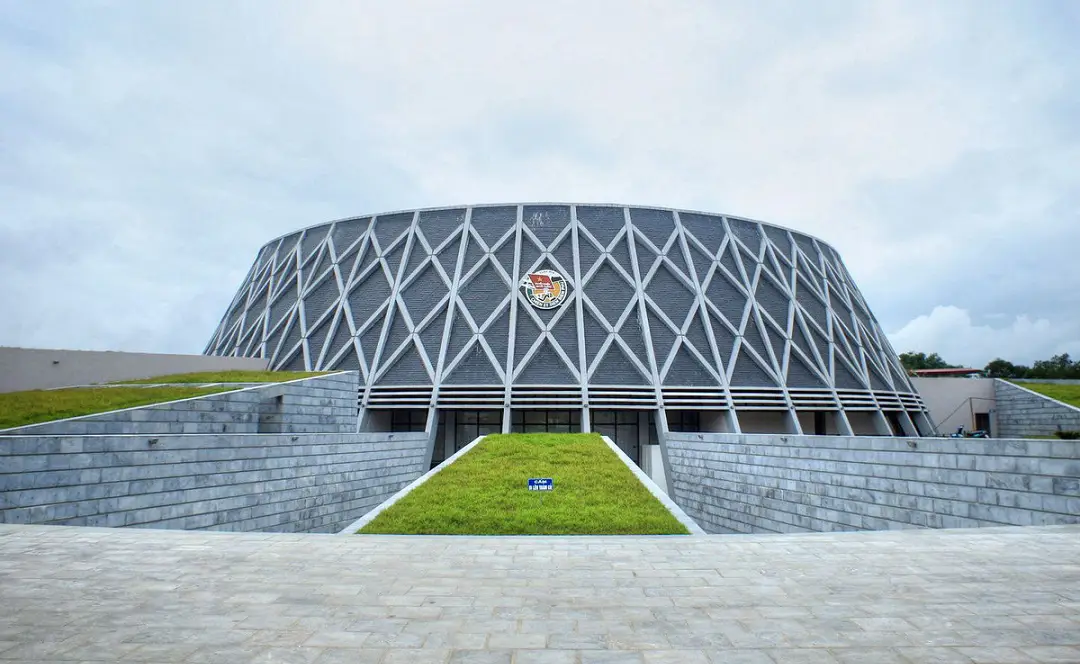
The museum is divided into five exhibition areas with 274 artifacts and 122 paintings for each theme: the strategic location of Dien Bien Phu, the group of enemy strongholds in Dien Bien Phu, the Communist Party in preparation of the direction lines for the Dien Bien Phu campaign, the influence of the Dien Bien Phu victory, and Dien Bien Phu of today.
When visiting the Museum, you will admire the world's largest panoramic painting "Battle of Dien Bien Phu." The painting shows all phases of the Dien Bien Phu campaign in the most vivid and attractive way. Choosing the Museum as your first destination in your Vietnam heritage tour will help you better understand and deepen your understanding of the historical points.
2. Dien Bien Phu Victory Monument
Located on D1 Hill in the center of Dien Bien Phu City, Dien Bien Province, the Dien Bien Phu Victory Monument is in the center of the relic area site, about 50m high above Muong Thanh Field. The Dien Bien Phu Victory Monument complex includes the tallest, largest, and heaviest bronze statues ever seen in Vietnam.
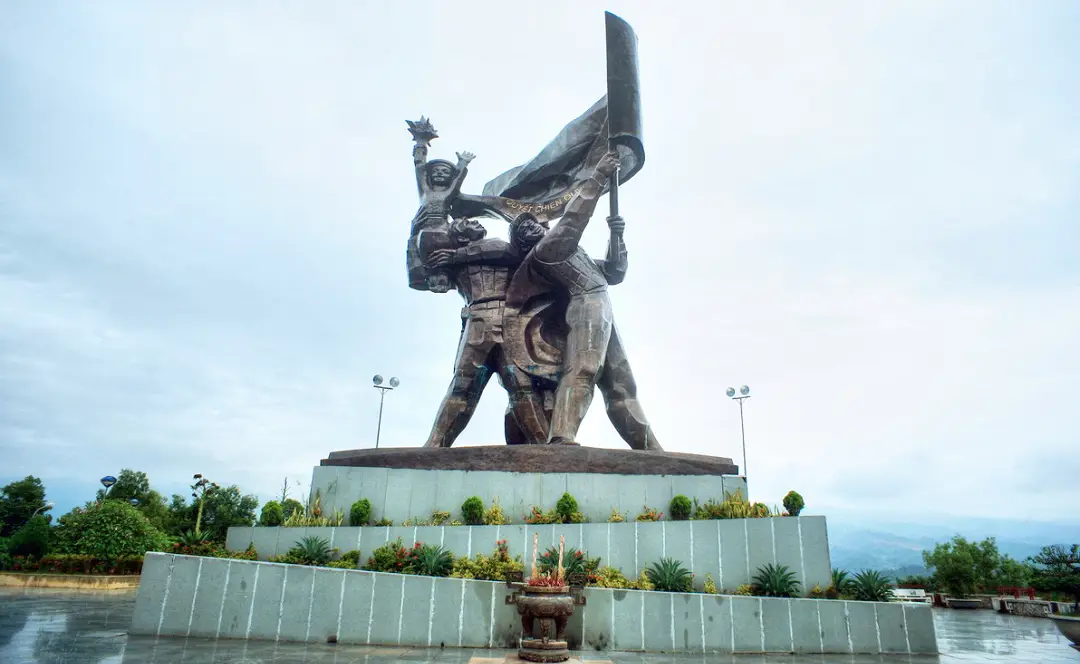
The Victory Statue stands 12.6m tall, is made of 217 tons of bronze on a 3.6m high pedestal, and is composed of 12 bronze pieces, including those weighing 40 tons. This sightseeing spot is the pride of the people of Dien Bien province and is also a must-see stop among the Dien Bien relics.
3. A1 Hill
Hill A1 is located in Muong Thanh district, Dien Bien Phu City, Dien Bien province. During the Dien Bien Phu campaign, Hill A1 had a particularly important strategic position, considered the "gorge" protecting the central area, directly protecting the base of French General De Castries.
" A1" is the name that the Vietnamese army gave to this hill, whose in the past were Lang Chuong, and Eliane 2.
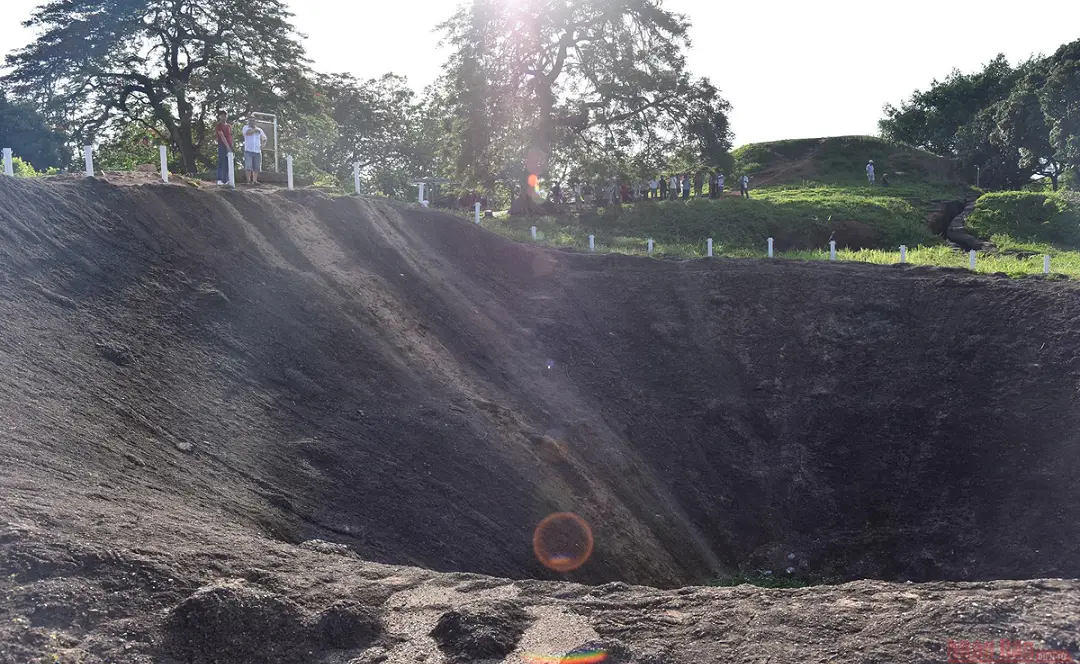
At the top of the hill is an entrenched bunker, which was the French ambassador's wine cellar before 1945. After parachuting over Dien Bien Phu, the French army consolidated the underground cellar into a military base. The bunker is divided into two parts, one of which is the workplace of the radio communications department. The bunker is made of very strong materials, four sides are solid brick walls, and the roof is covered with thick layers of concrete, in the urgent case it can be used as a hiding place for dozens of people. On the A1 hill, there are still traces of the blast crater formed by 960 kg of explosives.
Today, arriving at the A1 Hill Monument, you are able to experience a variety of practical activities such as: cooking rice for communist soldiers with the Hoang Cam stove, pushing a bicycle to carry necessities, listening to stories about the Dien Bien Phu campaign and the life of soldiers during the war.
4. A1 Hill Martyrs National Cemetery
Located south of the A1 Hill Historic Site, opposite the Dien Bien Phu Victory History Museum, the A1 Hill Martyrs' National Cemetery was built in 1958. It is the cemetery of 644 army officers and soldiers who sacrificed heroically during the Dien Bien Phu campaign.
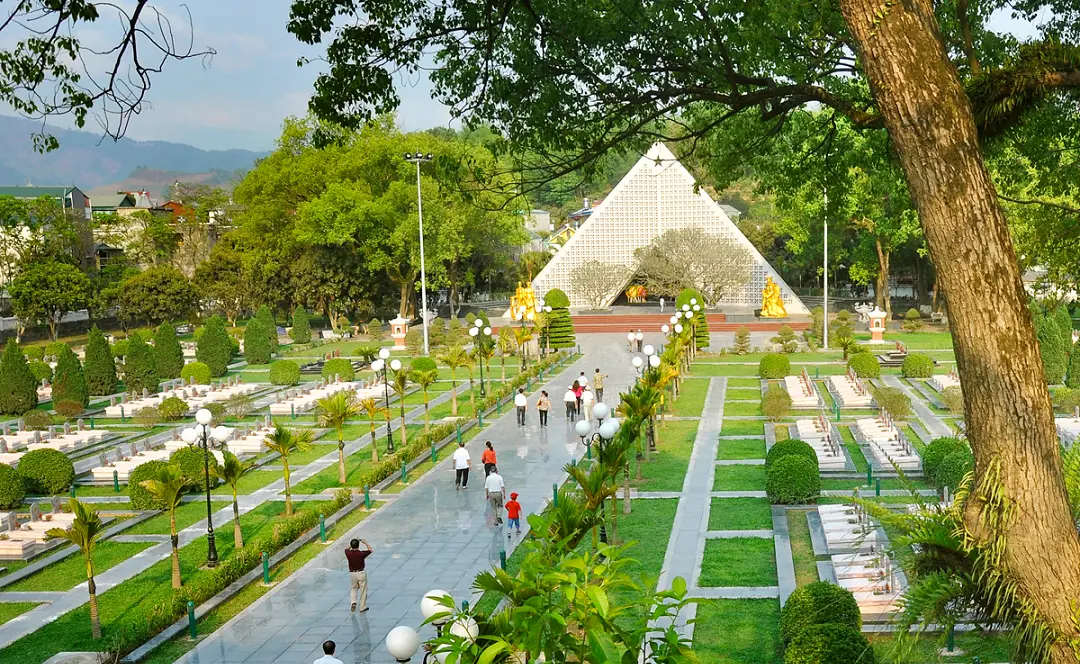
In 1994, the cemetery was renovated, designed, and built into a park-cemetery with many buildings. Within the campus is a cemetery managers' house designed in the style of a typical Dien Bien Thai ethnic group stilt house. The outdoor platform is designed in the style of Khue Van Cac of the Temple of Literature in Hanoi flanked by two ancient walls with two ditches in front 0.6m wide. Outside the walls is an embossed relief depicting the heroic struggle of the Vietnamese army and people during nine years of long resistance war to regain national independence.
5. Tunnel Of The French Commanding General De Castries
Nicknamed for the strongest tunnel in Indochina, the General De Castries tunnel in Dien Bien Phu was very well established by the French colonialists at the center of the Dien Bien Phu stronghold on Muong Thanh field, Dien Bien district, Dien Bien province.
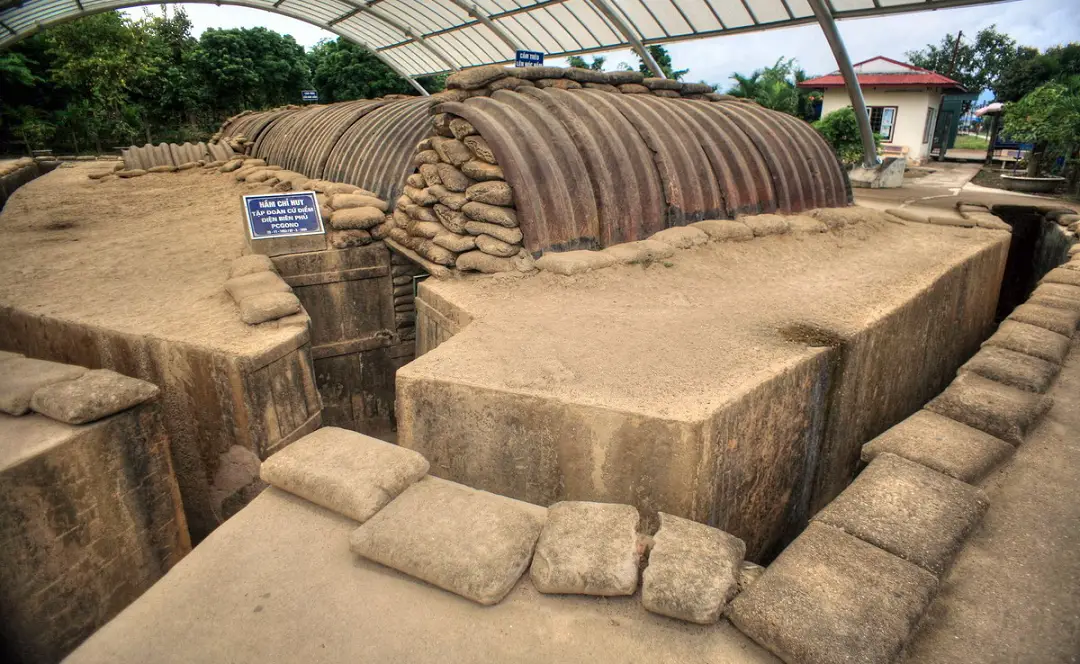
Surrounding the tunnel is the defensive fence with a dense system of barbed wire and four tanks. The De Castries tunnel is 20m long and 8m wide, including four compartments dedicated to both the residence and workplace of General De Castries and his troops.
6. Dien Bien Phu Campaign Command Headquarters
This monument is located in Muong Phang, at a height of more than 1,000m above sea level, hidden under an ancient forest at the foot of Pu Don Mountain, about 40 kilometers from Dien Bien Phu city center.
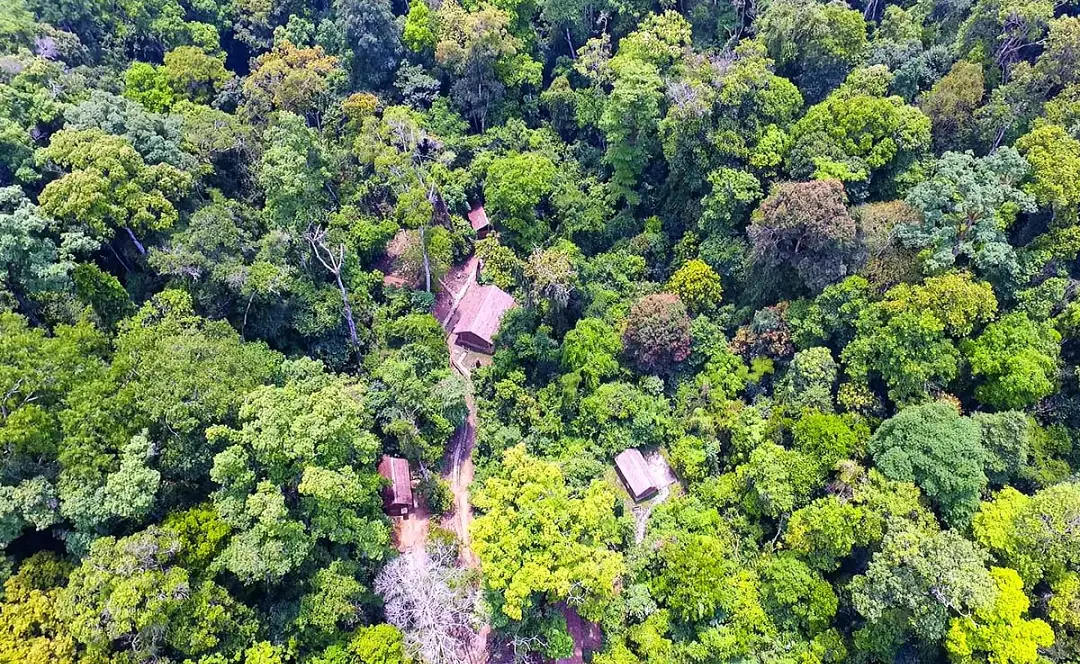
Muong Phang was the third and final headquarters in the collection of Dien Bien relics and of the Dien Bien Phu Campaign Command (January 31, 1954 to May 15, 1954). General, Commander-in-Chief Vo Nguyen Giap gave decisive instructions and orders in the general offensive on the entire front on the morning of May 7, 1954, making the victory that "resounded throughout the five continents and was world-shaking."
7. The Relic Of General Vo Nguyen Giap's Residence And Workplace
The buildings are arranged in a continuous system, covered front and back, with convenient trenches, ensuring absolute secrecy and security. This place still retains many relics of historical value such as the living and working shed of General Vo Nguyen Giap, Deputy Chief of Staff Hoang Van Thai, Head of Communication Department Hoang Dao Thuy, etc. Through the passing of time, the monument still reserves the wild and heroic aspect of national history.
8. Pha Din Pass
The Pha Din Pass is a major tourist destination in Dien Bien province, attracting mainly avid travelers to conquer the "four great passes" of the northwestern region (Pha Din, Ma Pi Leng, O Quy Ho, and Khau Pha). The pass has a length of 32km located on Highway 6, part of which belongs to Phong Lai commune, Thuan Chau District, Son La Province, and part of which belongs to Toa Tinh commune, Tuan Giao District, Dien Bien Province. The starting point of the pass is 66km west of Son La City and its endpoint is about 84km from Dien Bien city.
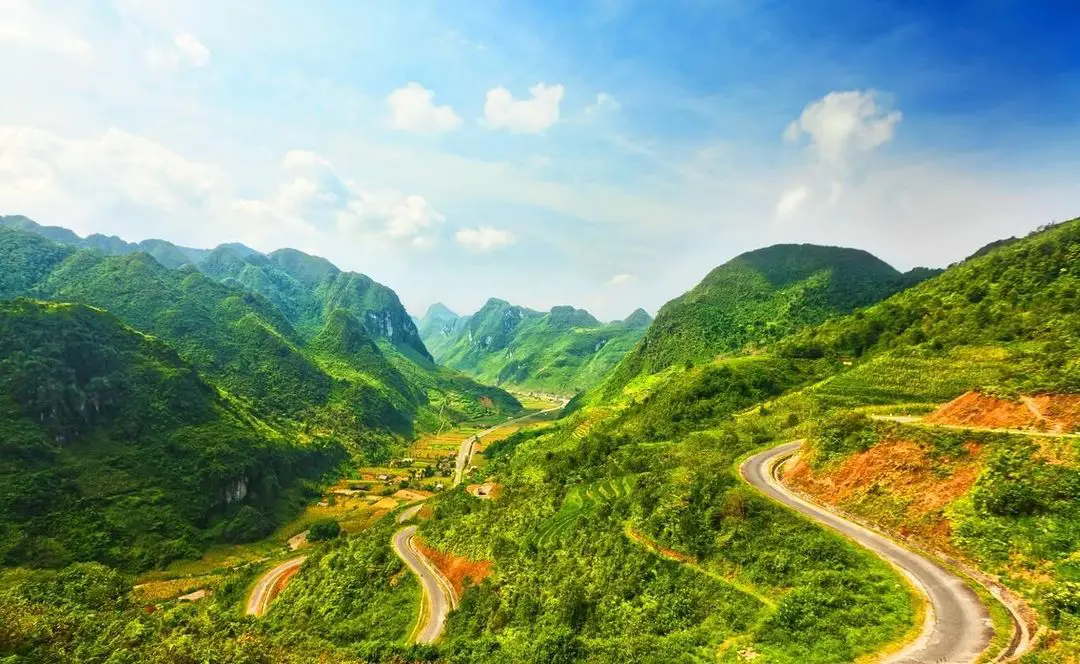
Dien Bien is a city with a heroic history, therefore, historical relics in Dien Bien can be considered both the most important heritage sites and the most interesting tourist destinations of this city.
See Vietnam tour to Dien Bien Phu:
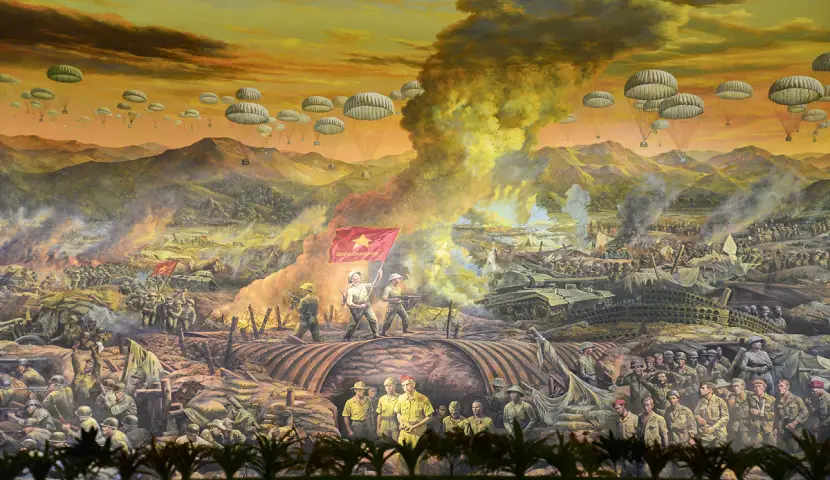
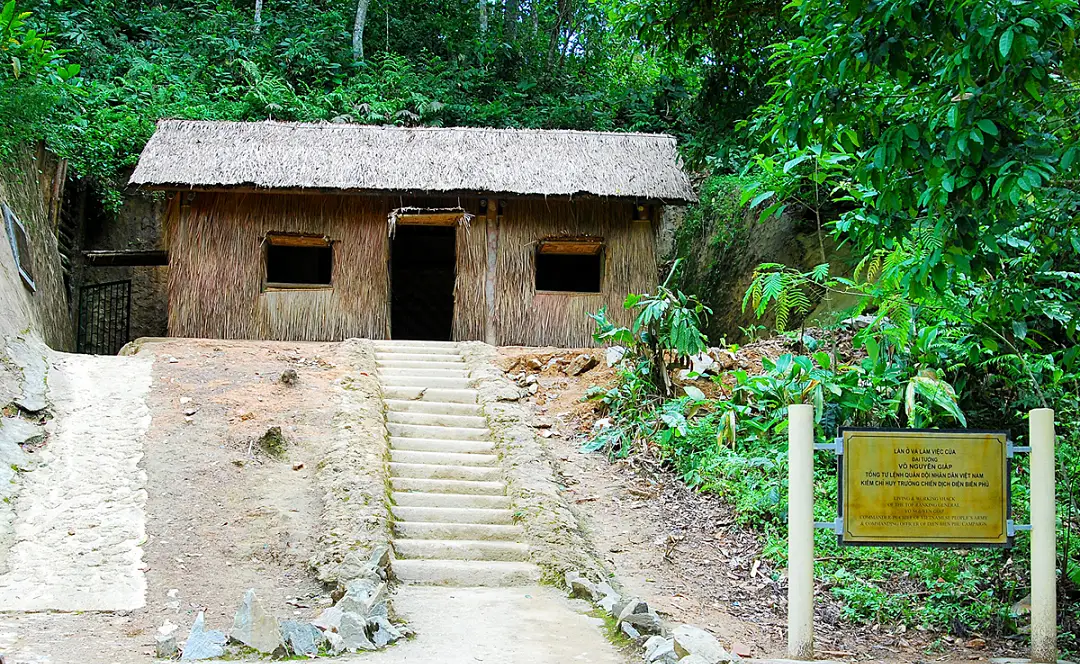







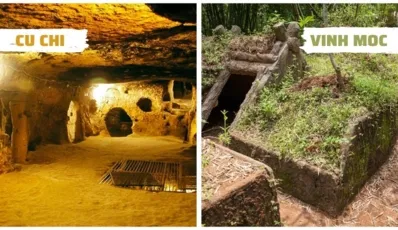
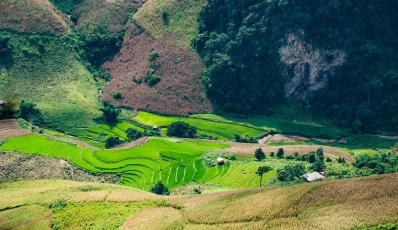

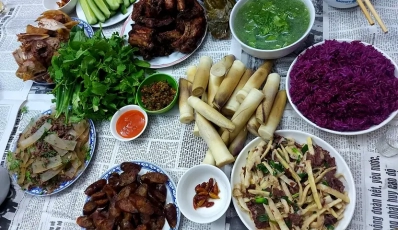
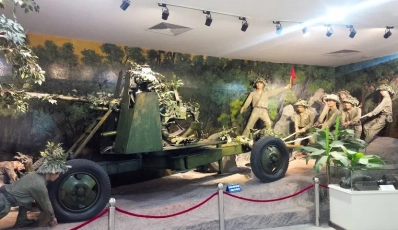
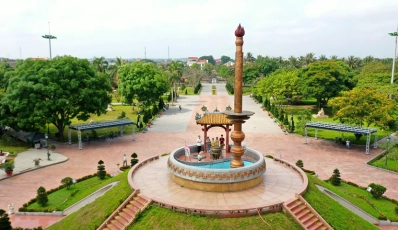
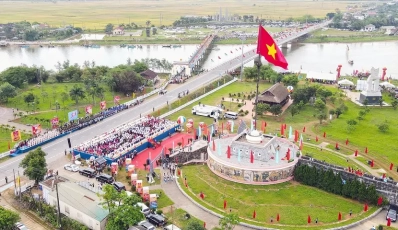
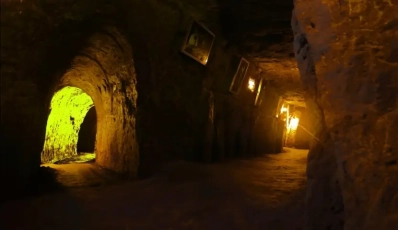
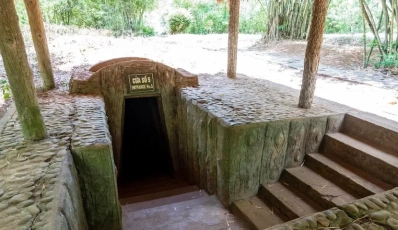




 TRAVELERS' CHOICE 2025
TRAVELERS' CHOICE 2025 


